Don't miss out on the best jobs!
Subscribe to HelpGoAbroad and weekly we will sent you an email with latest job posts. Provide your email address below
What’s better than an impossibly majestic peak that you can hike up and witness unbelievable earth formations, stunning scenery and interesting biology? The answer is all of that with the potential for it to explode with boiling hot lava! Yes, we are speaking about volcanoes, which can be found all over our magnificent planet, from islands that are formed entirely from volcanic activity to countries that you might not expect to find a seething active volcano or two. Here are the top volcanic destinations awaiting your lava loving sense of adventure.
Alaska
The snowy Mt. Shishaldin is an icy volcano that can be found on the remote Unimak Island in Alaska. Towering at 2,857 meters, this symmetrical cone is said to have its top portion completely coated in perennial layers of snow and ice. Daring skiers have the option of ascending this giant and being rewarded with some of the most jaw-dropping descents of their lifetime.
Reunion Island
La Réunion is home to one of the world’s most active and productive volcanoes, Piton de la Fournaise, which translates to “Peak of the Furnace”. This basaltic shield volcano is a hot-spot volcano that has frequent but short eruptions that begin with large fountains of lava and yield massive lava flows. The area directly surrounding the volcano is uninhabited so the volcano poses no major threats to the local communities of the island.
The Philippines
As a tropical archipelago, you can certainly expect to find a few volcanoes in the Philippines. Two of the most popular volcanoes include Mt. Mayon and Taal Volcano. Mt. Mayon is located in the Bicol Region and has been known for killing a number of people with its eruptions in 1814 (more than 1,200 people) and 2013 (5 people). The perfect peak of this volcano rises 2,460 meters and is an iconic symbol of this particular region of the Philippines. Hikers can trek up the base of the volcano, as there is a concrete path that makes it easily accessible even for car, while more extreme adventurers can hire guides that will take them to the summit. Taal Volcano is another tourist hotspot that is only a few hours away from Metro Manila. During Prehistoric times, Taal erupted so violently that it created a huge caldera that has since transformed into Taal Lake. There are tours that you can take on foot, car and even horseback down into the volcano, where you can swim in the volcanic-heated lake.
Hawaii
The Hawaiian Islands are undeniably associated with the exotic landforms of volcanoes, because in fact the islands were formed from volcanic activity. One of the most famous of the Hawaiian volcanoes is Mt. Kilauea, located on the Big Island. This is the world’s most active volcano, and it’s also the widest. Actively erupting since 1980, visitors can head to Hawai’i Volcanoes National Park where you can see the flowing lava lighting up the sky at night, and volcanic gas clouds during the day. There are also boat tours that can take you in for a closer look to where you can see what happens when eruptions expel smouldering lava, causing the water to boil and vaporize in aesthetically perfect white plumes.
New Zealand
If you are a volcano fan, you’ll know what the ‘Pacific Ring of Fire’ is, but if you’re just beginning to discover your love of lava, the ‘Pacific Ring of Fire’ is an area around the basin of the Pacific Ocean that has high activity levels of earthquakes and volcanic eruptions. Of the 452 volcanoes that are part of the PRoF, Mt. Ruapehu is located in New Zealand and is the country’s tallest volcano. Despite being one of the world’s most active volcanoes, during the winter season it is one of the most visited ski and snow sports areas in the country.
Italy
Italy has two of the most active volcanoes in the world, Stromboli and Etna. The Aeolian Island that travellers flock to is where Mt. Stromboli proudly reigns with regular eruptions that have been in the records since the records were first started! However, these eruptions are still rather small and visitors can trek up the mountain, but they will have to brave difficult conditions before they can reach the extremely rewarding view from the summit. Yacht tours are also available so that you can see the volcano at sunset. Mt. Etna has its own proud title as Europe’s most active volcano, and is almost always in a state constant activity. This UNESCO World Heritage Site is only a few hours away from the stunning beaches of Sicily, where in only a few hours you will see the climate change as you transcend the clouds into the snow covered, crater-filled realm of fire and ash. An olive grove on the side of the mountain is a popular stop for tourists wishing to wine and dine Sicilian style.
And of course, Italy’s volcano roster would not be complete without Mt. Vesuvius. Not only is this volcano now a movie star (lead in Pompeii, 2014) but also tourists can head up to the summit of this beast, first by car and then finishing on foot, where they will encounter a crater comparable to a gladiator’s amphitheatre. The areas surrounding Vesuvius are a national park that explorers are welcome to explore the historic culture.
Japan
A stunning and iconic symbol of Japan, Mt. Fuji is classified as an active volcano, even though it hasn’t erupted since 1708. Several mountain enthusiasts will make their way up the 3,776 meters during the beautiful summer months, embracing the trails of cinder, the otherworldly landscapes and the spectacular summit views. Less well known that Mt. Fuji, Mt. Sakurajima shall not soon be forgotten as it has been continuously erupting since 1955. This active volcano with one of its most memorable eruptions occurring in 1914, that was so large that it connected two islands. The ashes from the constant eruptions have a tendency to fall on the surrounding communities, depositing detrimental ash on infrastructure and crops.
Ecuador
Standing proudly as the second highest active volcano in the world at almost 5,897 meters, Mt. Cotopaxi can be found in the gorgeous Andes Mountains in Ecuador. This beautiful cone-shaped peak is postcard perfect with areas painted with forests, lakes and wild horses. Erupting more than 50 times, it is no surprise that Mt. Cotopaxi is part of the ‘Pacific Ring of Fire’. A special feature of this volcano is that is has one of the world’s few equatorial glaciers, which starts at 5,000 meters. The summit has become a tourist attraction, but explorers should be warned that earthquakes could cause the glacier to crack and ice walls and avalanches to consume climbers. Mountain bikers, mountain climbers and 4WD enthusiasts all head to the mountain to explore its incredible terrain.
Iceland
This famous volcano made a monumental impact in 2010 when its massive eruption caused airports across Europe to close due to the ash clouding the skies. Mt. Eyjafjallajokull can be found north of Skogar, Iceland, and if you are brave enough to venture on to one of the island’s smaller ice caps, you will witness an eerie alien landscape. Adventurers will have to partake in a rocky 4x4 truck drive up half of the monstrous landform, and hike 16 km, which usually takes about 7 hours, if you are interested in reaching the summit.
Indonesia
In the alluring land of Indonesia, nestled between Sumatra and Java lies the island of Anak Kratau, which used to be the island that was home to Mt. Krakatoa, until in 1883, a massive eruption destroyed two thirds of the island. The tsunamis that followed as a result of the eruption caused the deaths of more than 36,000 people and the sound of the explosion is documented as one of the loudest sounds that human ears have ever heard. Tourists are allowed to explore the island, but there isn’t as much to see or climb as there was prior to 1883 and they are probably better off checking out Mt. Bromo.
Mt. Bromo is located in East Java and although stable, it will sometimes expel bright red smoke against the dark ashen landscape. One of special characteristics of this volcano is that the Tenggeresse people of East Java have a ritual that celebrates a brave prince who sacrificed his life for his family. The people climb Mt. Bromo with offerings of fruit, vegetables, chickens and even money, which are then thrown into the volcano’s crater. If you are interested in checking out Mt. Bromo, you have the option of a 45-minute trek or a jeep tour, but beware of any possible warnings about volcanic activity.
Martinique
On the tropical paradise of Martinique lies Mt. Pelee, which erupted in 1902 and claimed the title as one of the deadliest volcanos in the world. The blast destroyed the largest city of the island, Saint-Pierre alone with 30,000 people. Following the eruption, a large dome grew from within the mountain and added 1,000 extra feet on to the original 4,583 ft tall volcano. For those travelling to the Caribbean, there is now minimal danger and treks up to the summit expose some amazing landforms and sites.
Sign in to publish a comment
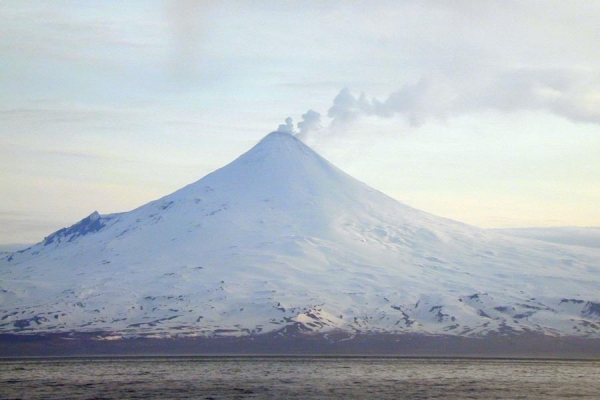
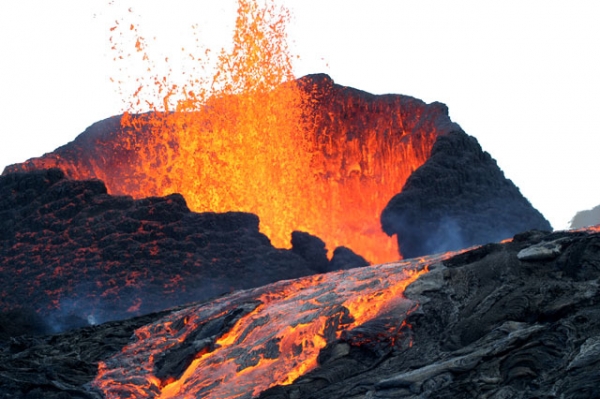
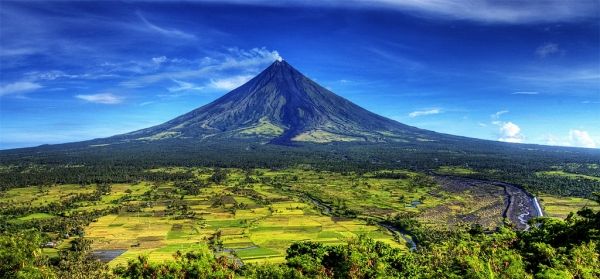
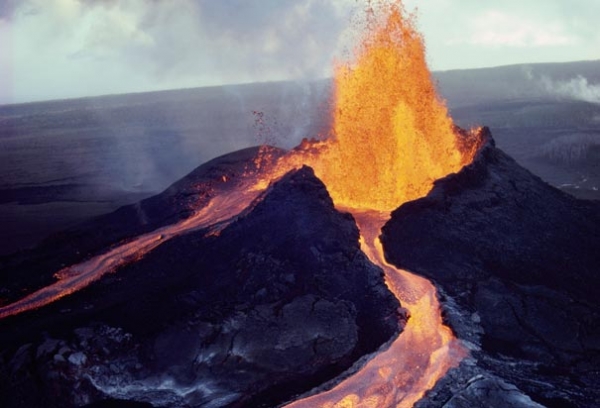
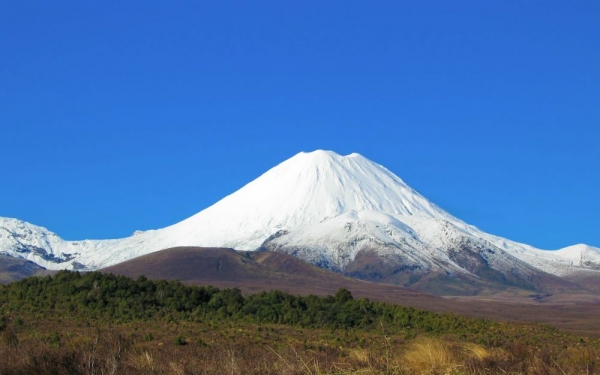
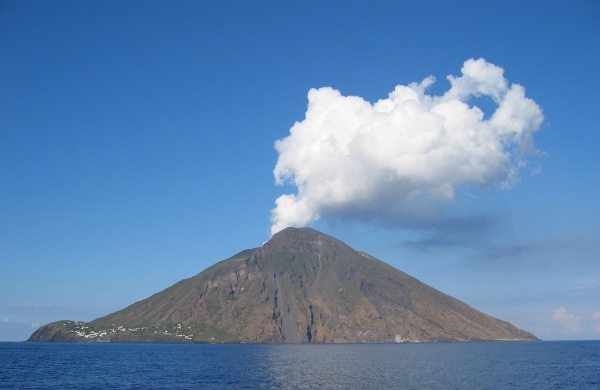
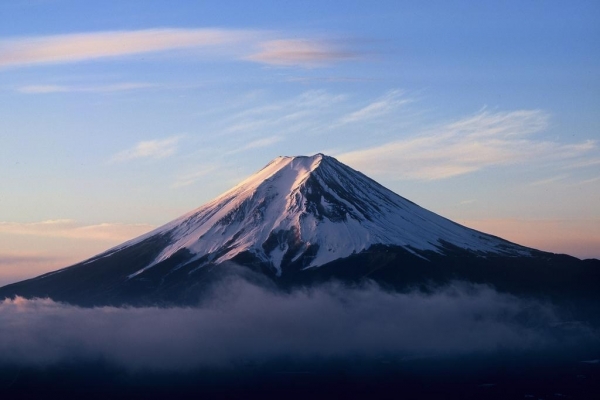

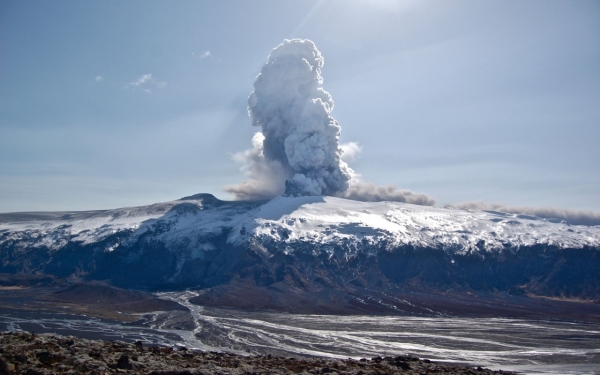
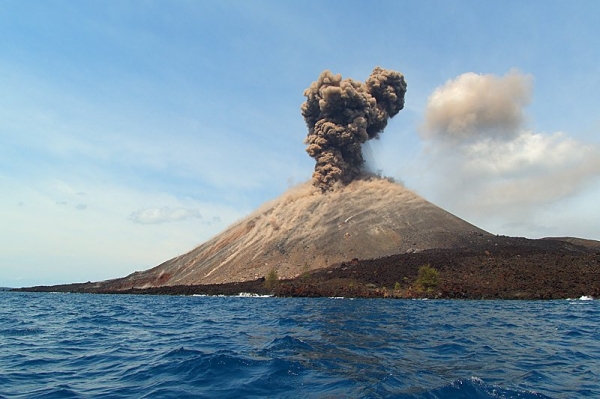
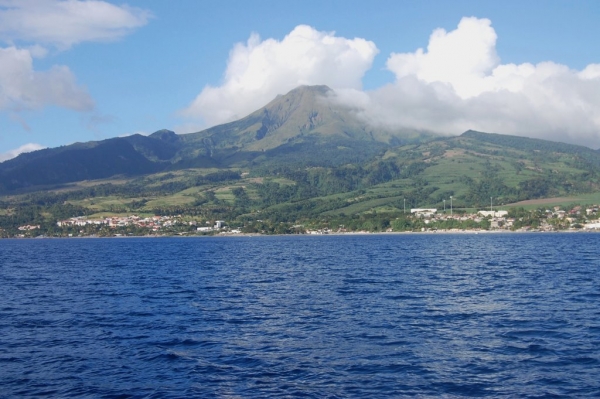
Be the first to comment on this post.